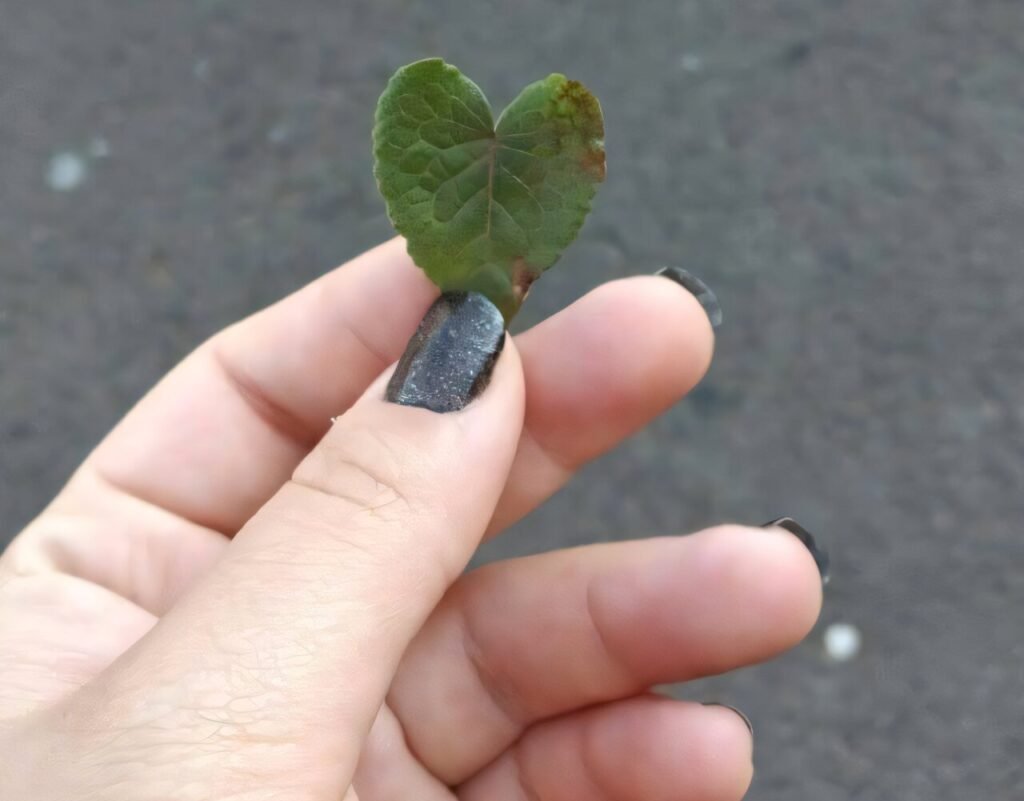Adolescence is a critical period in a person’s life, marked by intense emotional and social changes. It’s a time when many young individuals face significant psychological challenges, including social isolation and self-harm. Self-harm, the act of intentionally hurting oneself without suicidal intent, is a concerning behavior that affects approximately 14% of adolescents at some point in their lives. This behavior is often used as a coping mechanism for internal distress such as depression, anxiety, or trauma.
Studies have shown that self-harm is not just a symptom but a reflection of deep emotional suffering that can have a profound impact on a young person’s well-being. It can affect self-esteem, relationships, academic performance, and even increase the risk of suicide. With the onset of the COVID-19 pandemic, mental health issues among adolescents have become even more prevalent. Research indicates a significant increase in symptoms of depression and anxiety among young people worldwide.
In response to the growing concern over adolescent mental health, psychologist Luiza Cesar Riani Costa embarked on a research project during her time at the Federal University of São Carlos in Brazil. Her study aimed to understand non-suicidal self-harm among young individuals and explore strategies for coping with emotional distress. The findings of her research were compiled into a booklet titled “What Relieves My Pain: Photos and Experiences of Adolescents.”
The booklet features photographs taken by nine adolescent girls between the ages of 12 and 17 who had experienced psychological distress and self-harm. Through a qualitative research approach using the Photovoice methodology, the teenagers were asked to capture images that represented ways they could cope with pain without resorting to self-harm. The photos depicted scenes of nature, activities, relationships, creativity, and spirituality, highlighting alternative coping mechanisms.
The publication, available in both Portuguese and English, serves as a therapeutic and educational tool for schools, health services, and professionals working with adolescents. It offers a unique insight into the experiences of young individuals struggling with mental health issues and provides a platform for them to express their emotions creatively. By showcasing the teenagers’ photos and narratives, the booklet aims to raise awareness about self-harm and promote healthier ways of dealing with emotional pain.
Overall, “What Relieves My Pain” is a valuable resource that sheds light on the complex issues surrounding adolescent mental health and offers a glimpse into the resilience and creativity of young individuals facing psychological challenges. Through the power of photography and storytelling, this booklet serves as a beacon of hope for those struggling with self-harm and provides a platform for open dialogue and support within the community.


